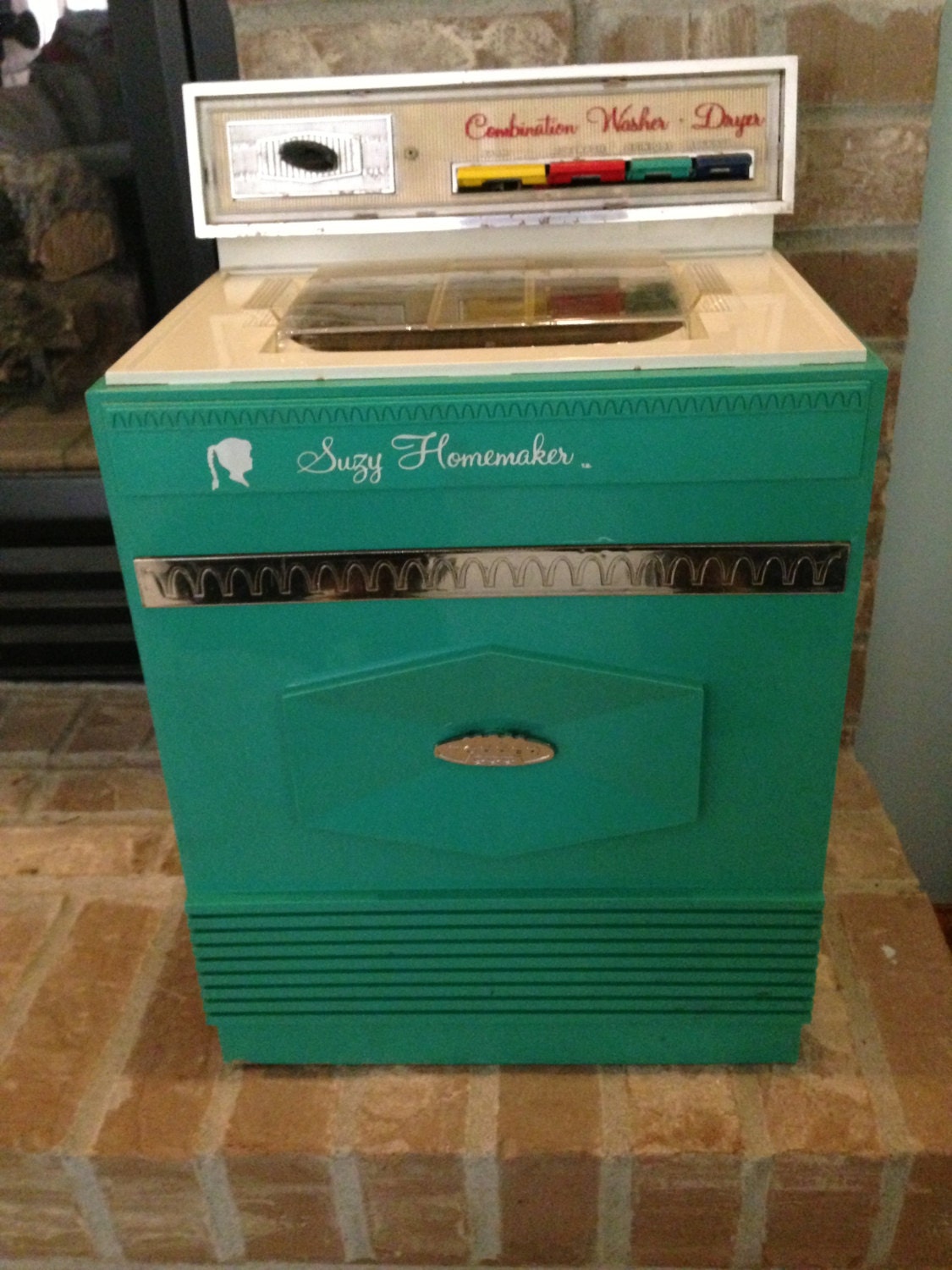
A woman of forty-five meets calamity and struggles through great sorrow and misery, to an immensely deeper understanding and self-abnegation. The story turns on the development and strengthening of a character, in this case after forty-five, the age when most people are set for life. And I'm here to tell you that in many ways I think this is an even more interesting novel - or at least a novel that is interesting in a different, and rather more challenging way. This is how the author described it to her agent: The Home-Maker was one of the top-ten bestselling books in the US in 1924, and Fisher's deft handling of societal expectations of men and women and role reversal in marriage continues to secure its relevance today.About a month ago I was telling you how much I'd enjoyed Dorothy Canfield Fisher's The Homemaker. I thought then that she was a remarkable writer and I was greedy for more, so when I spotted someone's review of this one soon afterwards (wish I could remember whose) I managed to get a copy in record time. Is it possible to remain in their current roles, or must they conform to gender stereotypes? As he slowly begins to heal, both dread the possibility of returning to their old roles.

She quickly moves up the ladder, while Lester brings contentment to the household. Evangeline dedicates herself to improvement and customer service, something she learned working in her father's store as a child. Suddenly, after a near-fatal accident, their roles are reversed: Lester is confined to home in a wheelchair and his wife must work to support the family. Meanwhile, her husband Lester, a dreamer, drifts through his bookkeeping job.



Written by a well-known educational reformer and social activist who counted Eleanor Roosevelt among her supporters, Dorothy Canfield Fisher's wildly successful The Home-Maker was ahead of its time in its portrayal of gender expectations.ĭedicated to keeping her home immaculate and organized, Evangeline Knapp runs a tight ship, with the Knapp family constantly on edge.


 0 kommentar(er)
0 kommentar(er)
